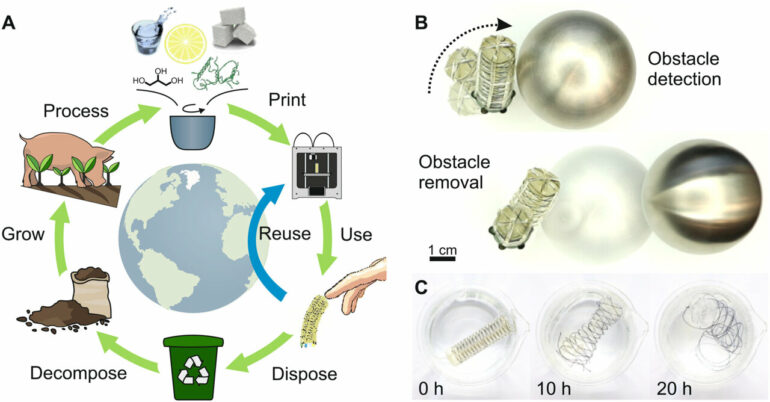Inspired by barn owls, researchers have developed an innovative localization system that combines state-of-the-art sensors with a neuromorphic computational map based on resistive random-access memory (RRAM).
As we enter the era of pervasive computing, more and more of our everyday objects are being embedded with microprocessors to help our lives run smoothly. To achieve this, these systems need to operate continuously and waste minimal energy, all while extracting useful and compact information from noisy and often incomplete data captured from several sensors in real time. Thanks to their in-memory, event-driven computing capabilities, hybrid memristive complementary metal-oxide semiconductor (CMOS) neuromorphic architectures provide an ideal hardware substrate for such tasks.
Researchers supported in part by the MeM-Scales project set out to demonstrate the full potential of such a system. To this end, they developed a bio-inspired, event-driven object localization system that couples advanced piezoelectric micro-machined ultrasound transducer (PMUT) sensors with a neuromorphic computational map based on RRAM. Their paper published in the journal Nature Communications describes how the proposed neuromorphic approach has made it possible to reduce power consumption by five orders of magnitude compared with conventional localization systems based on microcontrollers.
Inspired by nature
Inspiration for the system was drawn from the barn owl’s neuroanatomy. “Our proposed solution represents a first step in demonstrating the concept of a biologically inspired system to improve efficiency in computation,” notes study senior author Dr. Elisa Vianello in a news item posted on EE Times. “It paves the way toward more complex systems that perform even more sophisticated tasks to solve real–world problems by combining information extracted from different sensors.
“We envision that such an approach to conceive a bio–inspired system will be key to build the next generation of edge AI devices, in which information is processed locally and with minimal resources. In particular, we believe that small animals and insects are a great source of inspiration for an efficient combination of sensory information processing and computation. Thanks to the latest advancements in technology, we can couple innovative sensors with advanced RRAM–based computation to build ultra–low–power systems,” states Dr. Vianello, who is a senior scientist at electronics and information technology laboratory CEA-Leti of MeM-Scales project coordinator French Alternative Energies and Atomic Energy Commission in France.
The research team conducted measurements of the system consisting of RRAM-based coincidence detectors, delay-line circuits and a full-custom ultrasound sensor. They used the experimental results to calibrate the system-level simulations. These simulations were then used to estimate the object localization model’s angular resolution and energy efficiency. The results showed much greater energy efficiency than a microcontroller performing the same task. “The goal is, as always, to get the best power efficiency for the level of performance needed by a specific application. Further improvements in energy efficiency are certainly possible with our system,” observes Dr. Vianello.
The study demonstrates that combining visual sensors such as dynamic vision sensor cameras with a PMUT-based hearing sensor should be explored to develop future consumer robots. The MeM-Scales (Memory technologies with multi-scale time constants for neuromorphic architectures) project ends in June 2023.
More information:
Filippo Moro et al, Neuromorphic object localization using resistive memories and ultrasonic transducers, Nature Communications (2022). DOI: 10.1038/s41467-022-31157-y
Citation:
Bio-inspired localization system slashes power consumption (2022, September 27)



